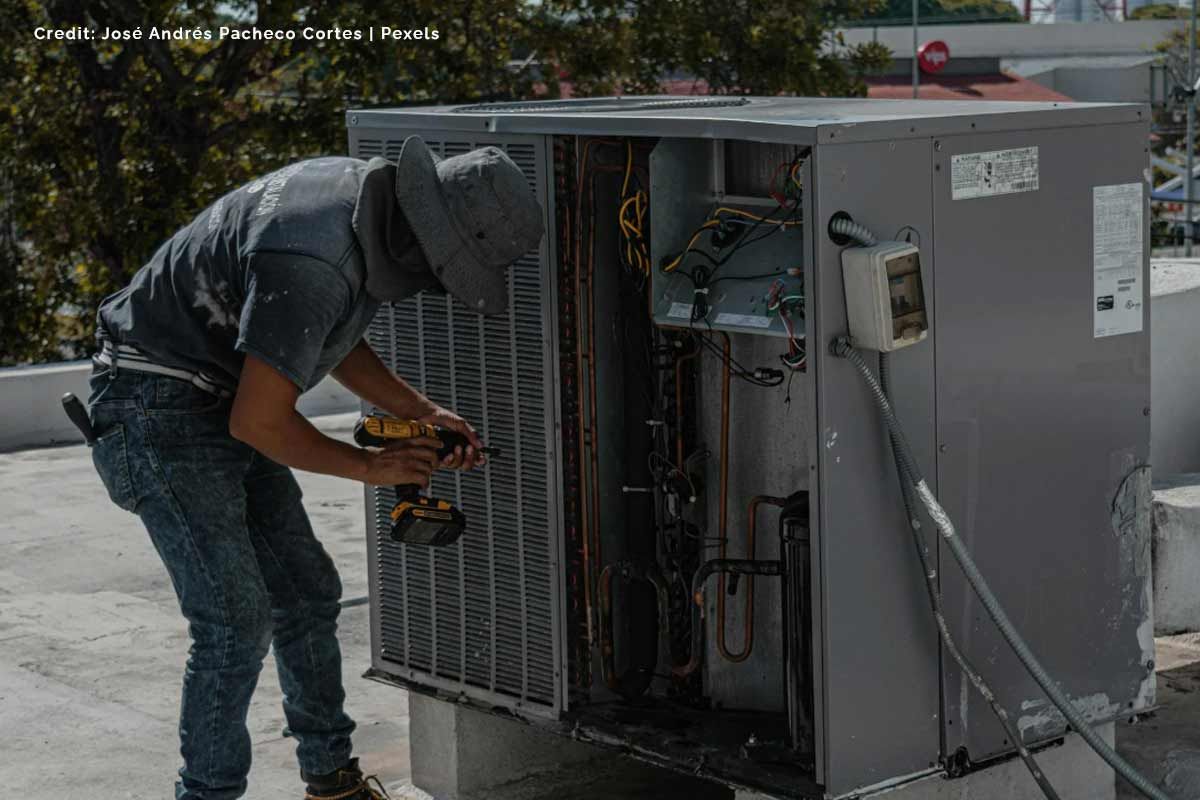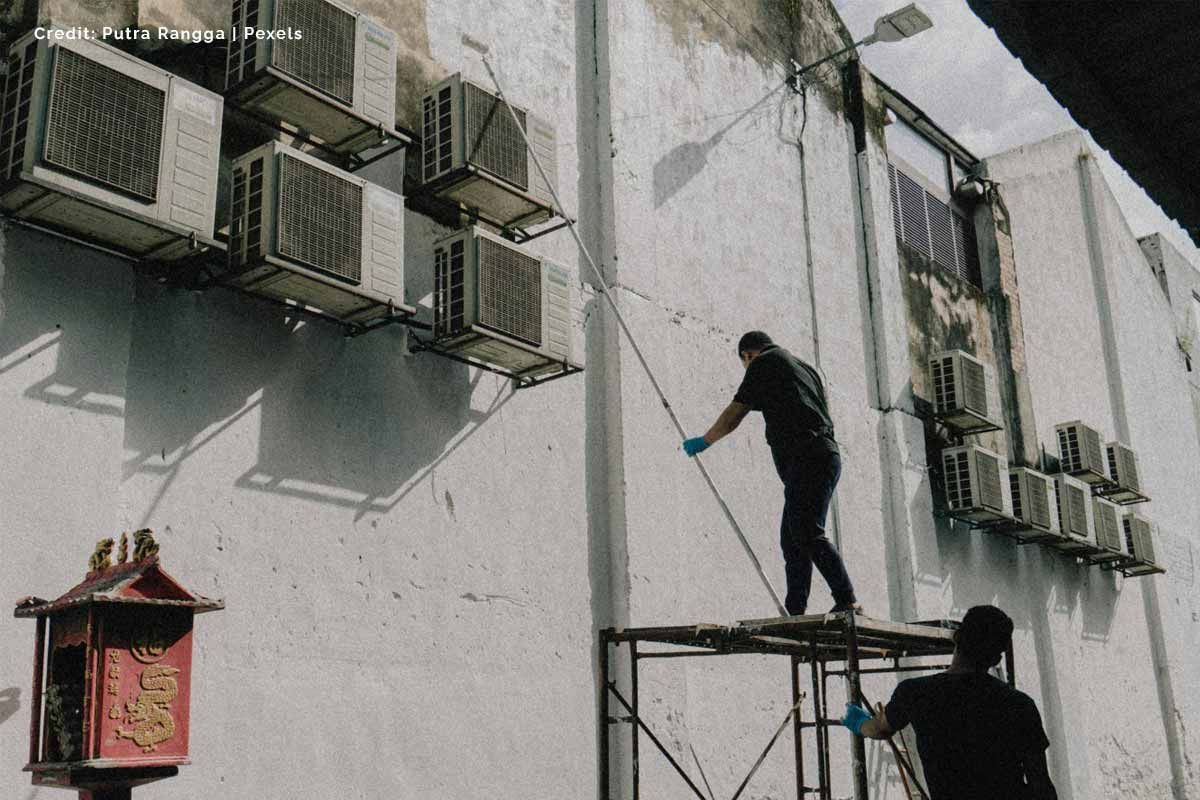Preparing your HVAC for summer is an investment in comfort, efficiency, and peace of mind. From routine maintenance like filter changes to strategic upgrades like smart thermostats, these steps ensure your system performs at its best. When costs arise, practical funding options from Lamina make it easier to stay on track. By taking action now and partnering with Lamina at 1-844-356-5097, you’ll enjoy a cool, stress-free summer without breaking the bank.
8 Ways to Prepare Your HVAC for the Summer and Practical Funding
As summer approaches, ensuring your HVAC system is ready to handle the heat is essential for maintaining a comfortable home. A well-prepared HVAC system not only keeps your space cool but also operates efficiently, saving you money on energy bills. However, maintenance and upgrades can come with costs that may strain your budget. This article explores practical ways to prepare your HVAC for summer while highlighting funding options like no credit check loans, Ontario payday loans, and installment loans for emergencies to help manage expenses.

1. Schedule a Professional HVAC Tune-Up
A professional tune-up is the cornerstone of summer HVAC preparation. Technicians can inspect critical components like the compressor, condenser coils, and refrigerant levels to ensure your system runs smoothly. During the visit, they’ll clean or replace air filters, check electrical connections, and lubricate moving parts to prevent breakdowns during peak heat.
Why It Matters: Regular maintenance can extend your HVAC system’s lifespan and improve efficiency by up to 15%, according to energy experts. A tune-up typically costs between $100 and $200, but neglecting it could lead to costly repairs.
Funding Tip: If your budget is tight, consider no credit check loans from Lamina. These loans provide quick access to funds without a credit review, making them ideal for covering unexpected maintenance costs.
2. Clean or Replace Air Filters Regularly
Dirty air filters restrict airflow, forcing your HVAC system to work harder and consume more energy. For summer readiness, check your filters monthly and replace them every 1-3 months, depending on usage and household factors like pets or allergies.
Practical Steps: Purchase high-quality pleated filters with a MERV rating of 8-12 for optimal filtration without straining your system. Cleaning reusable filters with water and mild detergent can also save money.
Cost Consideration: A pack of filters costs $20-$50, a small expense that delivers big savings. If you’re short on cash, Ontario payday loan alternatives are a fast solution for residents needing funds until their next paycheck.
3. Remove Debris Around Outdoor Units
Your HVAC’s outdoor condenser unit needs proper airflow to function efficiently. Leaves, grass clippings, and other debris can accumulate around it, reducing performance and causing overheating.
How to Do It: Trim shrubs and grass at least two feet away from the unit. Use a garden hose to gently clean the fins, avoiding high-pressure settings that could damage them. Check for bent fins and straighten them with a fin comb if needed.
Why It’s Cost-Effective: This task is virtually free and can improve efficiency by 5-10%. If you need tools or professional help, installment loans for emergencies provide flexible repayment terms to cover small costs without derailing your finances.
4. Check and Seal Ductwork
Leaky ducts can waste up to 30% of your HVAC system’s cooled air, driving up energy bills. Before summer hits, inspect exposed ductwork in attics, basements, or crawlspaces for cracks, gaps, or loose connections.
Action Plan: Use mastic sealant or foil-backed tape to close leaks. For extensive damage, hire a professional to assess and repair your duct system. Adding insulation to ducts in unconditioned spaces can further boost efficiency.
Budget Insight: Sealing materials cost $10-$50, but professional repairs may run $500 or more. If you’re facing a larger repair bill, no credit check loans can help you manage the expense without delay.
5. Upgrade to a Programmable Thermostat
A programmable or smart thermostat allows you to set cooling schedules that align with your routine, reducing energy waste when you’re away. Modern models even learn your habits and adjust automatically.
Benefits: According to the U.S. Department of Energy, smart thermostats can save up to 10% on cooling costs annually. Basic models start at $50, while advanced smart thermostats range from $100 to $250.
Funding Option: If upfront costs are a barrier, payday loans provide quick funds for Ontario residents, helping you invest in energy-saving upgrades.

6. Check Insulation and Ventilation
Proper insulation and ventilation keep your home cool by minimizing heat gain. Inspect attic insulation to ensure it meets recommended R-values (R-38 to R-49 for most climates). Verify that vents and soffits are clear to promote airflow and prevent heat buildup.
DIY Tips: Add weatherstripping to windows and doors to block hot air. Use reflective window film to reduce solar heat gain, which can lower cooling costs by 5-10%.
Cost Breakdown: Insulation upgrades can cost $500-$2,000, depending on scope. For unexpected expenses, installment loans offer manageable payments to keep your project on track.
7. Test Your System Before Peak Heat
Run your HVAC system for a full cycle in late spring to identify issues before temperatures soar. Listen for unusual noises, check for uneven cooling, and monitor how long it takes to reach your desired temperature.
Why It’s Crucial: Early detection of problems like low refrigerant or faulty fans can prevent mid-summer breakdowns. Repairs caught early are often less expensive than emergency fixes.
Financial Strategy: If testing reveals major issues, no credit check loans can provide the funds needed for prompt repairs, ensuring your system is summer-ready.
8. Consider Long-Term Investments
If your HVAC system is over 15 years old or struggles to keep up, it may be time to consider a replacement. Modern units with high SEER ratings (16 or above) offer superior efficiency, potentially cutting cooling costs by 20-40%.
What to Know: A new system costs $5,000-$10,000, including installation. Look for rebates or financing programs from manufacturers or utility companies to offset expenses.
Funding Support: For significant investments, installment loans provide a structured way to manage payments over time.





